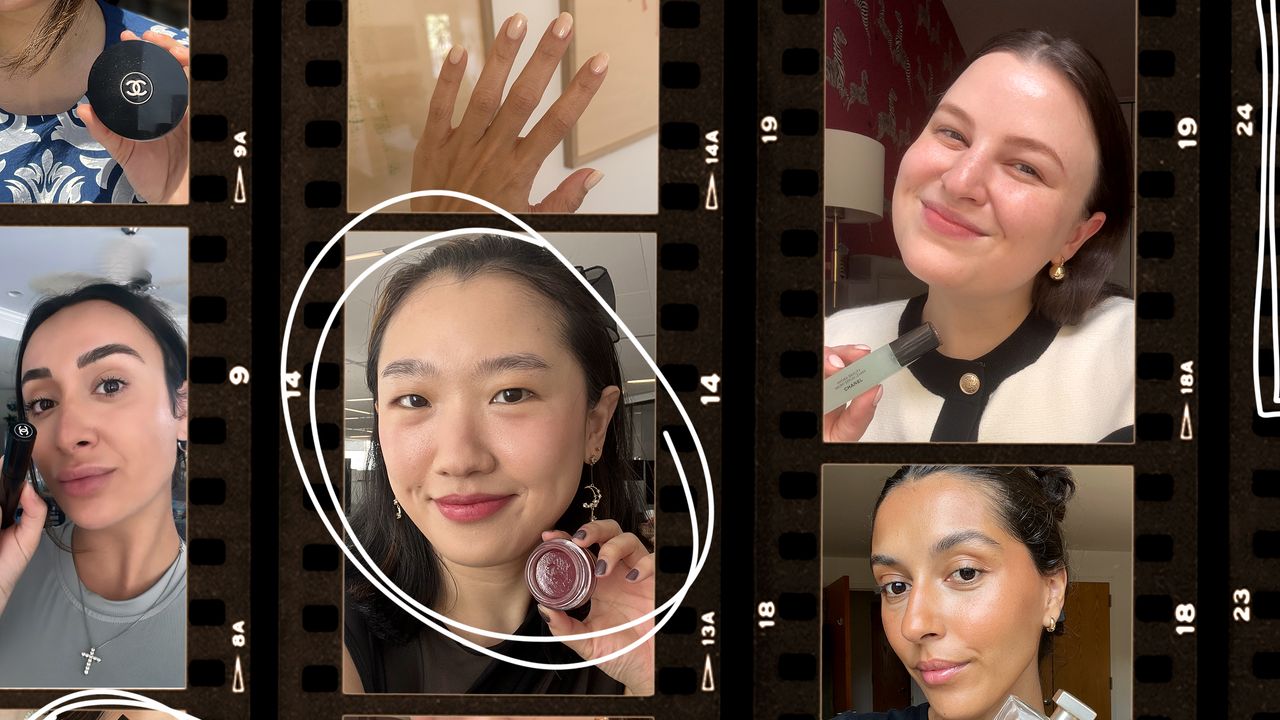Key Takeaways
- Side tables do not always have to match, but they should share common features.
- If you’re placing table lamps on both side tables, it’s most important they share the same height.
- There are other ways to create balance in an asymmetrical room, such as throw pillows and lighting.
Over the years, the design rules around matching furniture have certainly changed and evolved. It was once considered streamlined and classic to have a full bedroom set that all went together, but that’s now seen as boring.
As with all rules, there are exceptions. Paired, matching side tables are still welcome—but are they required? We decided to check in with a few design pros to find out.
Meet the Expert
- Brittny Button is an interior designer and the founder of Button Atelier.
- Julie Mays is an interior designer and the founder of Julie Mays Interiors.
Should Side Tables Always Match?
As with all design rules, our pros agreed that there are times when your side tables should match, and times when it might be more fun to switch it up and incorporate different yet complementary pieces.
However, in all cases, symmetry in a room is important. Whether your side tables match or not, you should consider ways to make the room feel balanced and cohesive.
Want more design inspiration? Sign up for our free daily newsletter for the latest decor ideas, designer tips, and more!
When They Should Match
When it comes to matching side tables, interior designer Brittny Button says it all comes down to creating symmetry. If this is part of your design plan, then yes, matching your end tables is a great idea.
“I love to see this in the bedroom or in a living room, where the end tables act as a way of framing the bed or the couch,” says Button.
Interior designer Julie Mays agrees, noting that matching side tables are a must for certain modern aesthetics.
“In a more contemporary setting, I prefer matching side tables—especially when the overall design is clean and minimal,” she says.
It can also work well in calming down a busier, maximalist space. If you have bold drapery and a lot of layered textures, Mays suggests streamlining other areas, such as matching side tables.
“Matching tables can bring a sense of calm and order to an otherwise busy room,” she explains.
When to Mix and Match Side Tables
While matching side tables can work beautifully in a bedroom or living room, you don’t have to have a perfect set to still create balance. Button says mixing and matching is also an option in these spaces, but she still suggests the two relate to one another.
In this case, Button suggests looking for two tables crafted from the same wood, even if they vary in design—and Mays agrees. She notes that she’s also all for mixing and matching side tables, as long as they don’t draw too much attention.
“You want the eye to move softly across a room without stopping,” she says.
How to Style Mismatched Side Tables
Matching side tables or not, Button says the vignettes on top should still vary.
“Too much matchy-matchy can give off a furniture catalog vibe and isn’t realistic,” she says.
Instead, focus on laying out the essentials. In a living room, perhaps one table needs a lamp while the other is best for a container to hold your remotes. In the bedroom, you likely only need a box of tissues on one side.
As another tip for mismatched side tables, Button says you can create cohesion in other ways, like with matching table lamps.
“The symmetrical lights will foster a balance within the room,” she says, noting you can do the same with matching, symmetrical throw pillows on the bed or sofa.
Mays also points out that mismatched side tables can often be a matter of function and practicality.
“Sometimes you need storage [on one side], sometimes just a small drink table [on the other],” she says. “They should feel like cousins.”
4 Tips for Decorating With Side Tables
Margaret Rajic for Kate Marker Interiors
- Leave room on top to see the table itself. Button says it’s easy to overwhelm the surface of your side tables with too many items.
- Showcase the ‘better’ table. If you’re working with mismatched tables, Button suggests placing the least favorite on the less visible side. If they’re the same height and finish, you’ll give the illusion they match.
- Layer functional accents on top. Mays suggests using functional items such as trays or coasters as decor, especially if you’re working with wood surfaces.
- Keep the height the same. If you do opt for mismatched side tables, both designers agree that uniformed height is important—especially if you’re placing lighting on each side.











